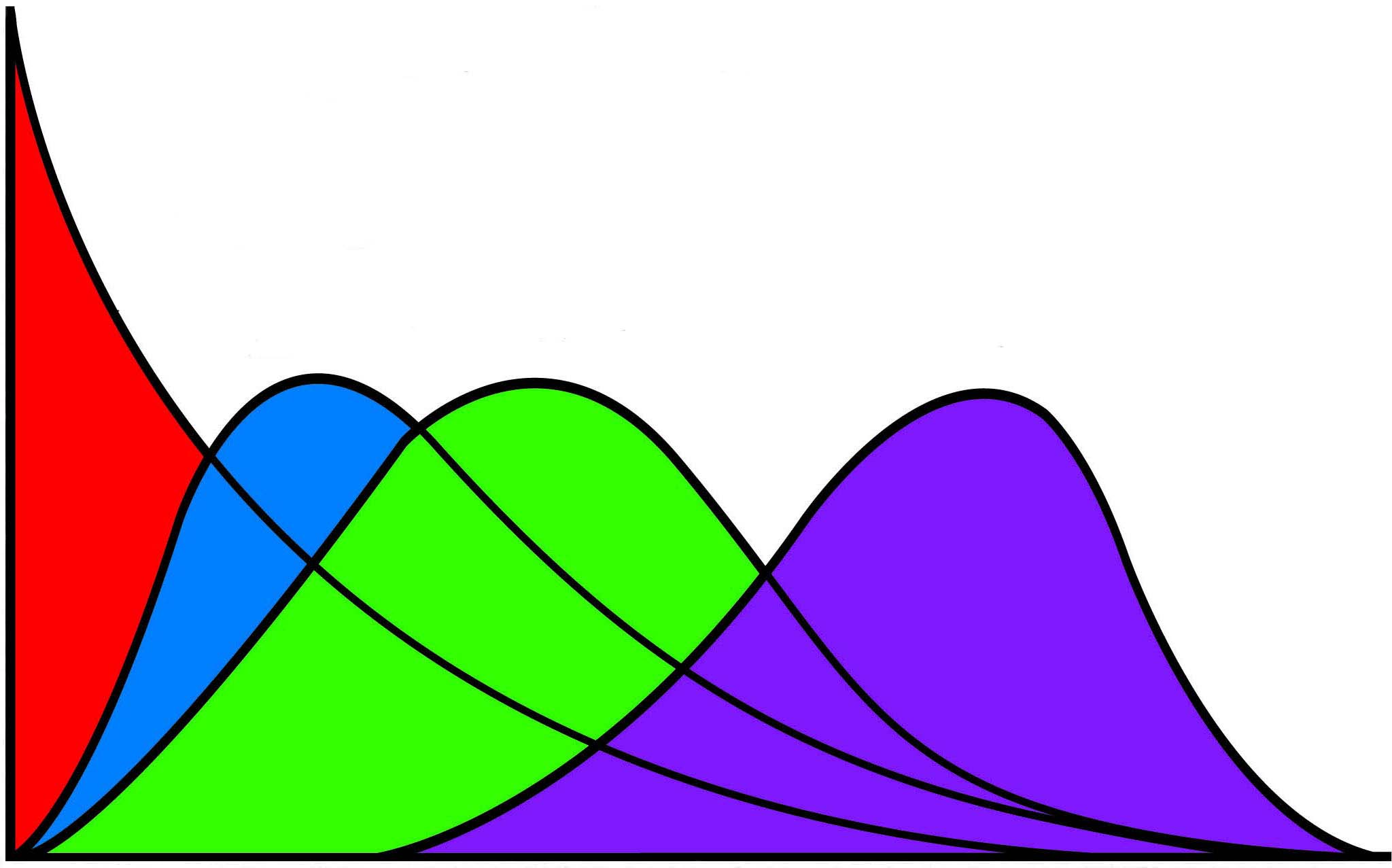|

Join our Newsletter
& get our free guide Starting Hands Revealed
We hate spam too!
We value your privacy and never share your email. All our emails have an opt-out link. Click it, and you will never hear from us again. |

Poker Odds and OutsYou do not need to have a Ph.D. in Statistics to understand the mathematical concepts behind poker and texas holdem. Most of the questions related to hold'em odds can be solved with simple algebra. Let us start with an example to illustrate the concept of odds and outs. Say you have A♥K♥ and your opponent has 5♠6♣ in a no-limit Texas Hold'em game. The flop comes 7♥4♥ 3♦ and villain goes allin. You have the nuts flush draw against his made straight, so the only way to beat him is to get a heart card (note that you could tie if non heart 5 and 6 come at the turn and river). You are "drawing" against a "made" hand. What are the odds that you win this hand? As there are 13 cards of each suit, there are 2 hearts on the board and 2 hearts in your hole cards, 9 hearts are left in the deck and you need one either at the turn or at the river. What is the chance to get a heart on the turn? The deck contains 52 cards, you and your opponent each have two cards, there are three more in the flop and this leaves 45 available cards. So the answer is 9/45=20% chance. If the turn is not a heart, what is the chance to get a heart at the river? It is 9/44=20.4%, as there are now 44 cards left in the deck. What about the probability to get a heart either at the turn or river? The easiest way is to look first at the opposite probability, no heart at all. There are 45-9=36 non-heart cards in the deck, the number of ways to pick 2 cards among 36 is C(36,2), which stands for 36 choose 2. If you are not familair with the choose function, please consult our article about statistics basics. Here we have C(36,2)=36*35/2=630. Similarly all the possible ways to get 2 cards without condition is C(45,2)=45*44/2=990, as there are 45 cards left in the deck after the flop. Therefore the probability to not get an heart is 630/990=63.6%, and the complementary probability to get at least one heart is 1-63.6%=36.4%. In this example, you have nine "outs", or 9 cards that make you win. Instead of expressing the chance of winning as a probability as we just did, another technique is to consider odds. After the flop, the odds of winning are 36.4 versus 63.6 odds of losing, or 1.75 to 1, written "1.75:1". This is very useful in order to assess the maximum bet that you should call in this frequent Texas Hold'em drawing situation. Because over the long run, for each time that you win, you will lose 1.75 times, the pot must be equal to at least 1.75 times the bet that you call in order to be profitable. |










